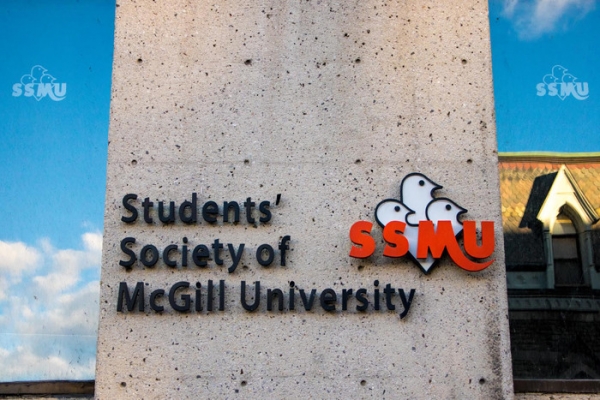The Students’ Society of McGill University (SSMU) recently held its Fall 2020 Special Referendum to ratify changes made to the SSMU constitution. One of the key proposals would have renamed SSMU’s Judicial Board (J-Board) to the “SSMU Appellate Committee.” The name change would reflect SSMU’s new vision for the J-Board’s legalistic procedures, and was intended to convey a more honest and accurate representation of the scope of the Board’s decision making powers, which are below those of the democratically elected SSMU Board of Directors (BoD). Although ratifying the name change would have been a step towards creating a more transparent and accessible SSMU, it failed because of an alarmingly low 10.6 per cent voter turnout, which meant that SSMU did not meet the 15 per cent quorum needed to enact these changes. The referendum’s failure indicates that SSMU must make a better effort to provide students with adequate context to understand the importance of participating in student government.
Low voter turnout in SSMU elections is not a new issue. For some students, voting is only worthwhile when proposed changes include adding a fall reading week to the academic calendar. For many students, however, the decision to opt-out of voting stems from deeper resentment or skepticism towards a body that they perceive as secretive and elitist by nature. Past scandals have left a bad impression on those who believe that elected student representatives, and the body through which they operate, continuously fall short when it comes to upholding the pillars of transparency and accountability on which they claim to be built.
Realistically, making the J-Board an “Appellate” committee would in no way erase SSMU’s affiliation with scandal, elitism, or misrepresentation. However, the proposed name change was more than just an outward, surface-level expression; it represented practical, internal revision to the J-Board’s operations and SSMU’s portrayal of these operations to students. The question implemented various framework adjustments to reduce accessibility issues, and openly acknowledged that the democratically elected Board of Directors has ultimate authority over legal matters. This indicates that SSMU was prepared to take a step towards mitigating the confusion and skepticism surrounding its division of powers and the capacity of elected representatives. The name change, in many ways, symbolized a step towards addressing some of the issues of transparency and accessibility that have failed to engage the student body. Despite the name change acknowledging that authoritative power over SSMU’s legal matters is held by democratically elected BoD representatives, and not a committee of seven students, voter turnout was the lowest SSMU has seen in five years. This turnout rate emphasizes how little students actually know about the importance of voting in the first place.
It would be a mistake to assume that the issue here is the McGill electorate. Students who are otherwise politically active would not belittle an election, even for a student society, if they had any idea that their vote could lead to substantial improvements in SSMU’s decision making processes. Outlining the meaning behind proposed changes only after students log on to vote is counter-intuitive: It pushes the burden of informed voting onto students who are occupied with other issues. That SSMU is unable to get students to the polls, even when the changes at hand will address the very areas in which students have been hoping to see progress, begs the question of whether SSMU is actually as committed to accessibility as the proposed name change suggested.
It is encouraging to see that SSMU is working to improve the transparency of its power structure and student accessibility to its services. However, if the Society wants to reach the students who have been repelled by its overly bureaucratic nature, it must find a way to show them, prior to voting, that it is not just slapping on a new name tag on the same old body, but amending the system that operates behind the name tag.








